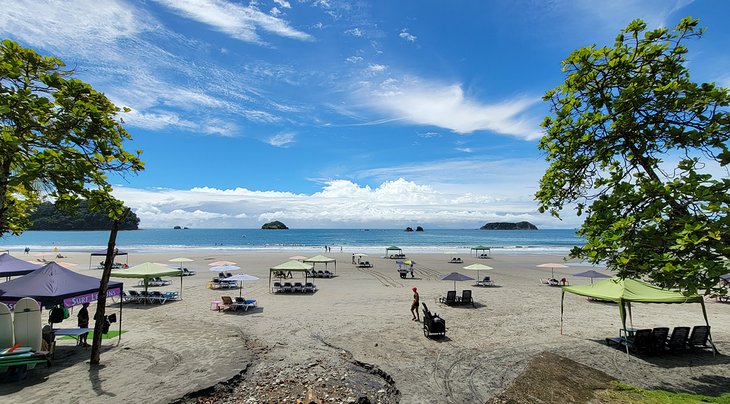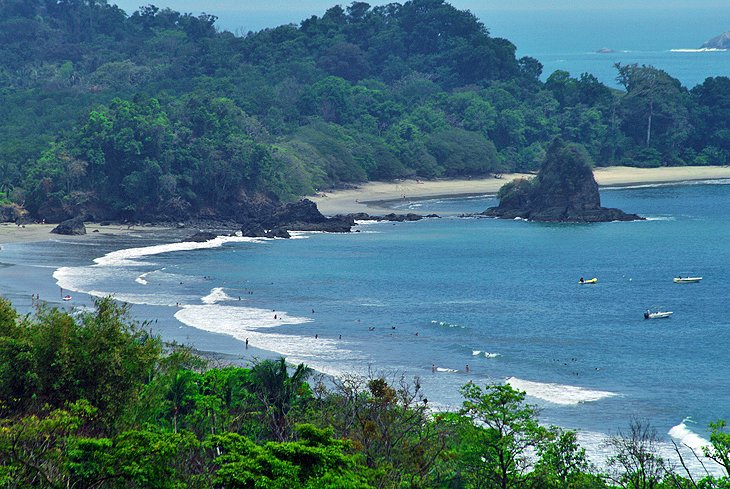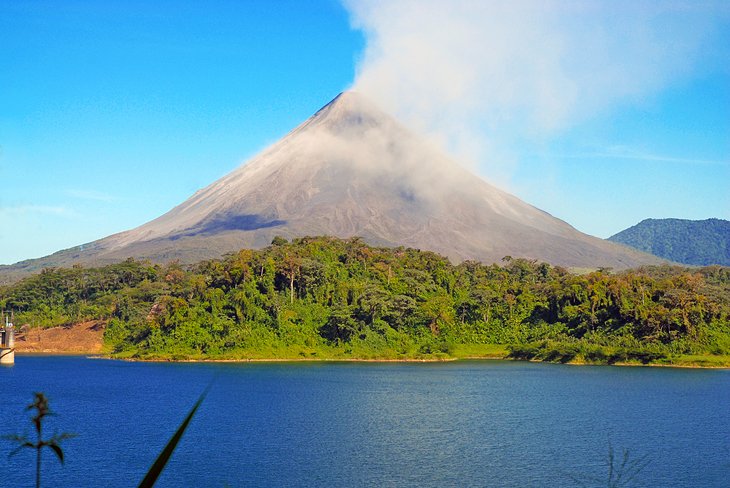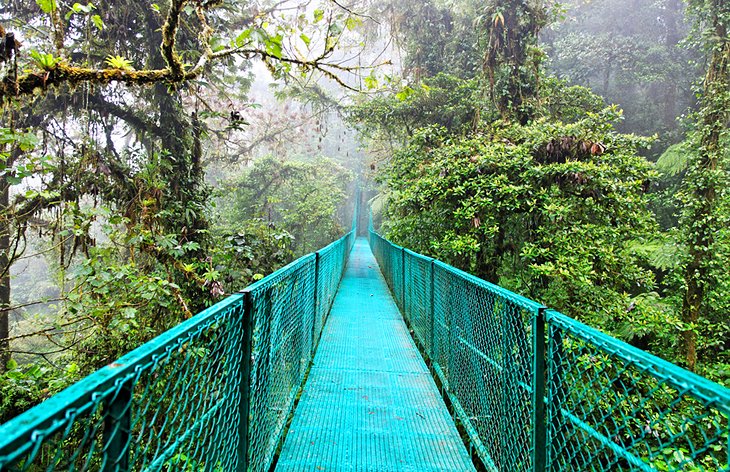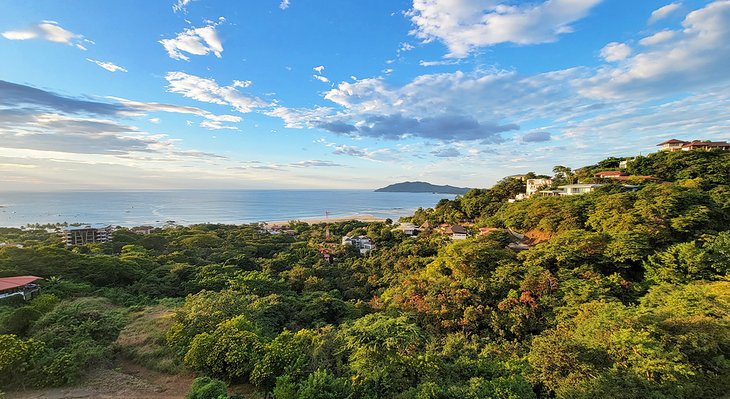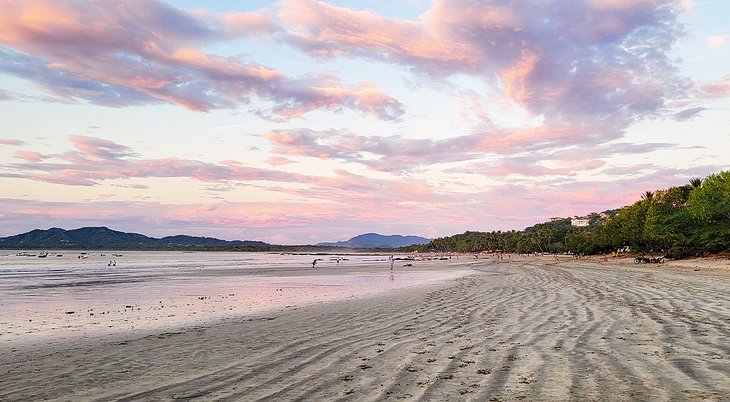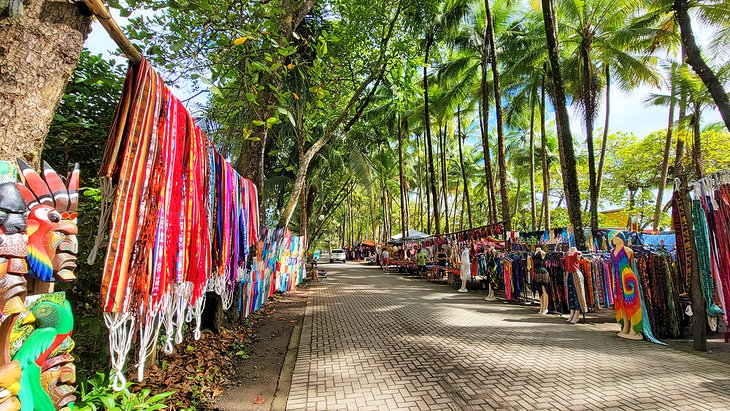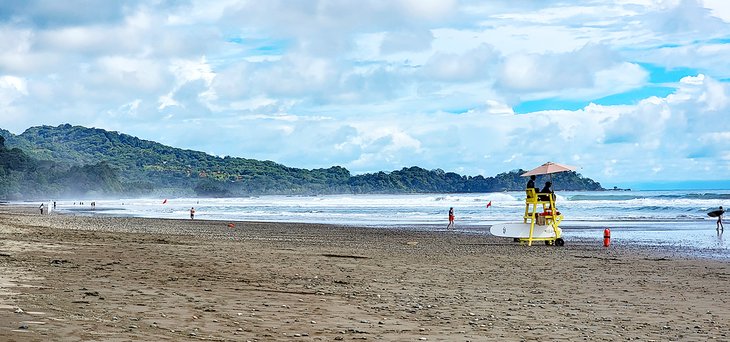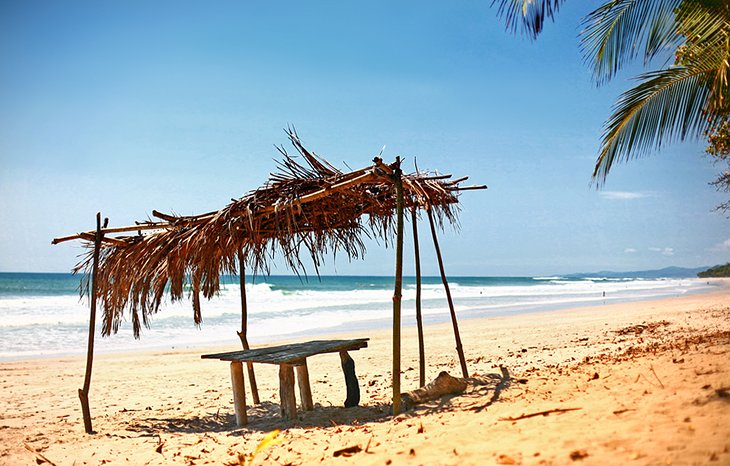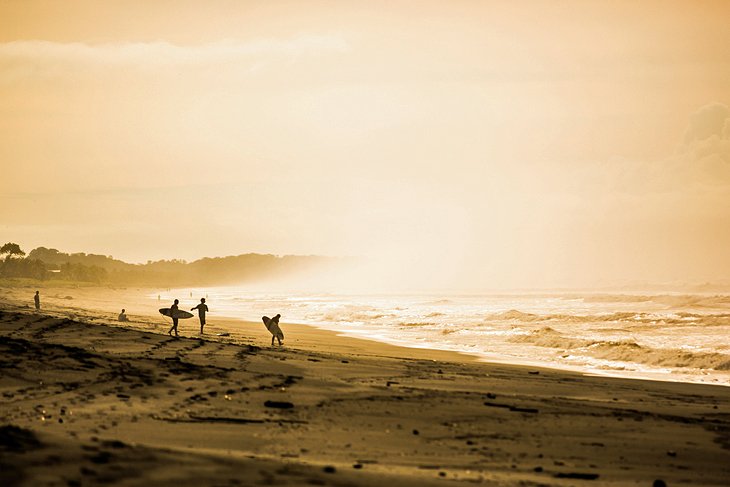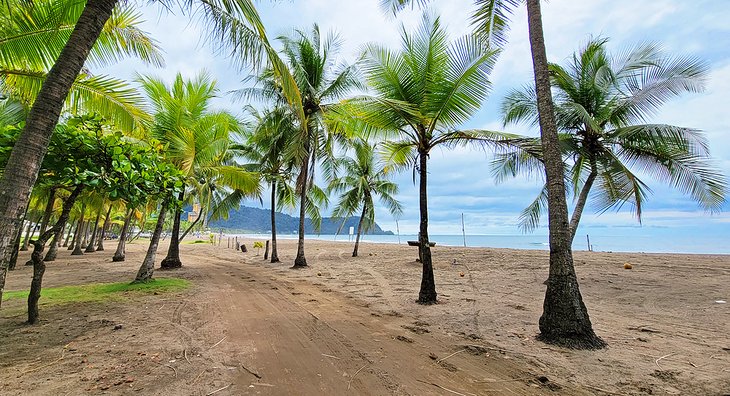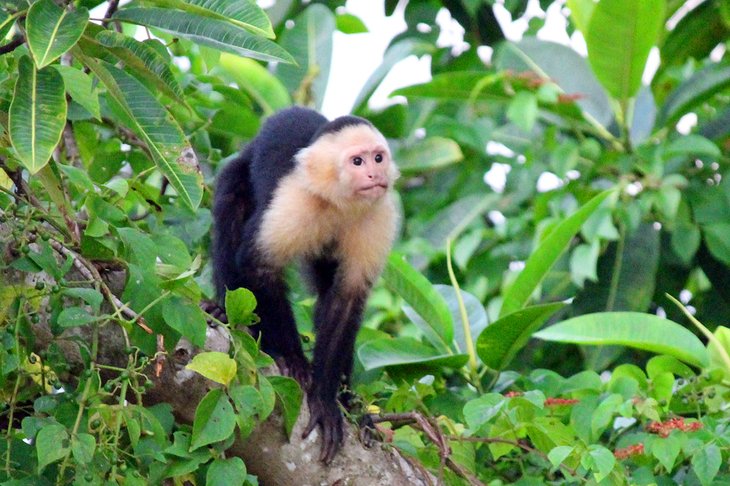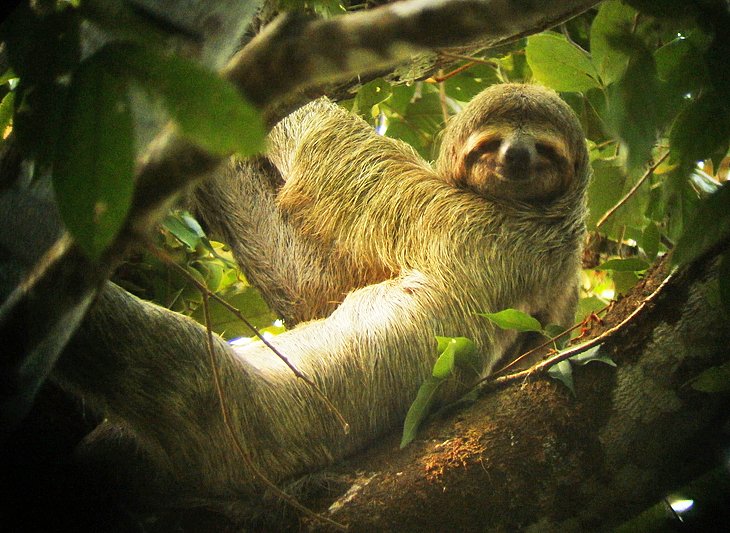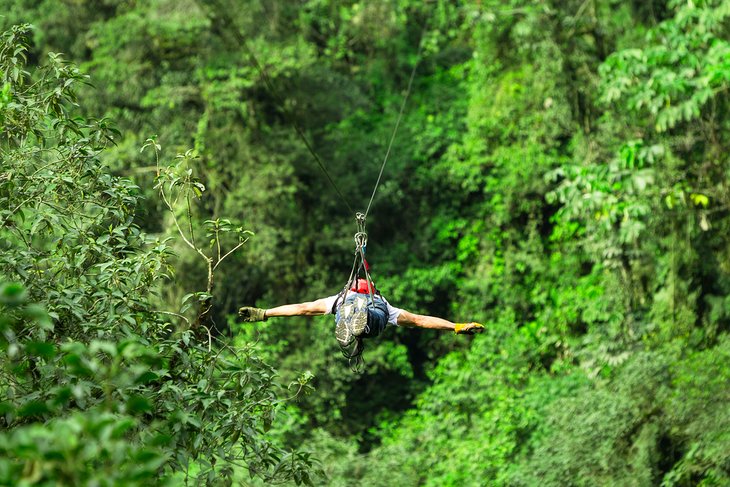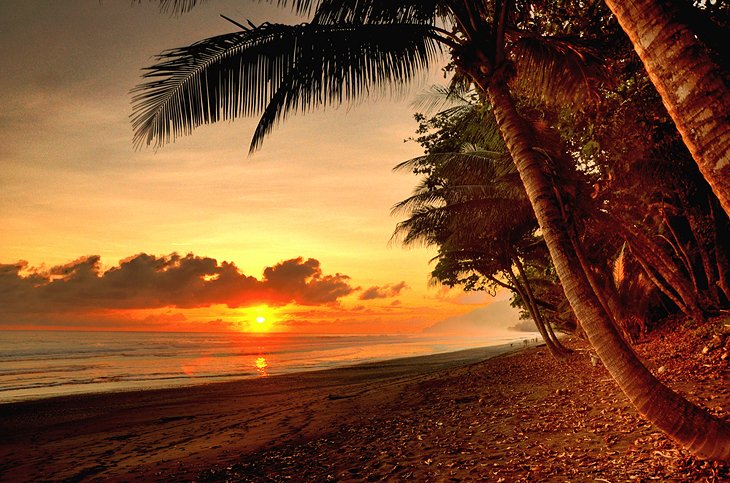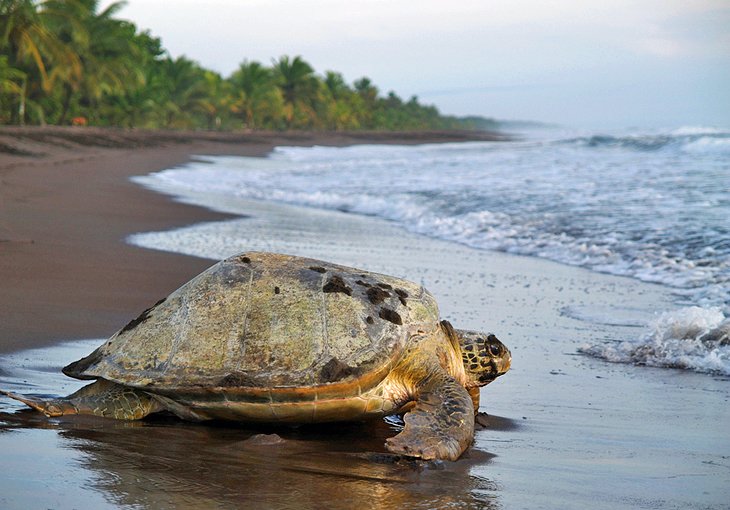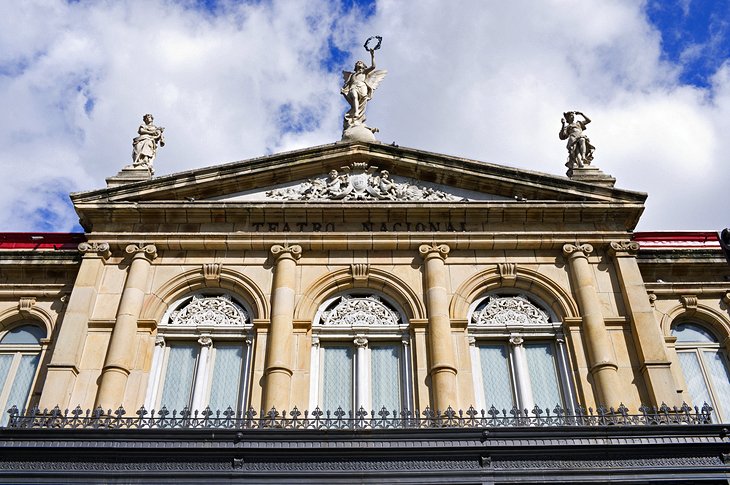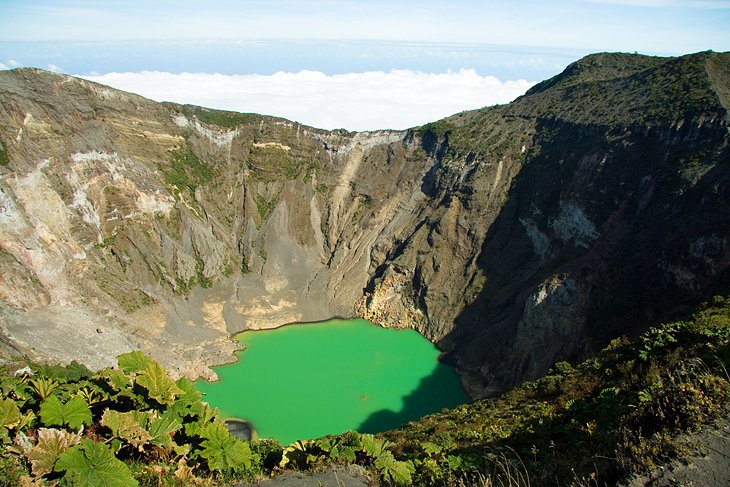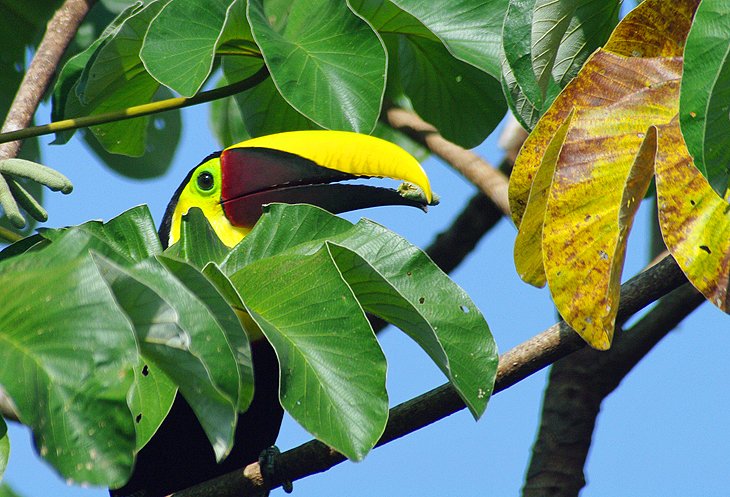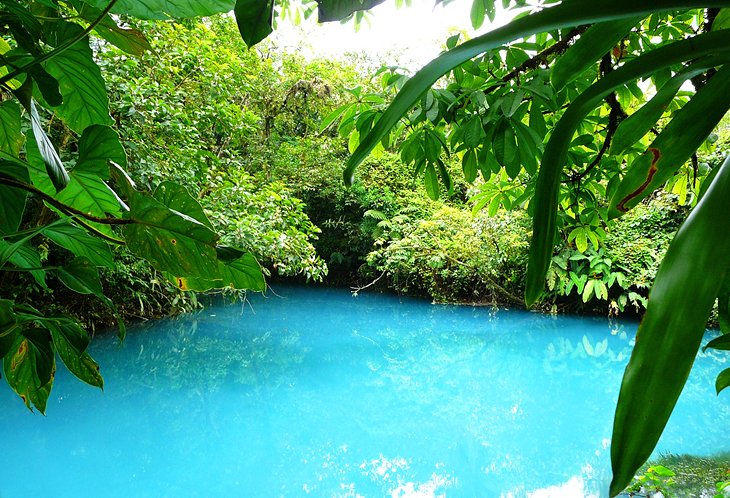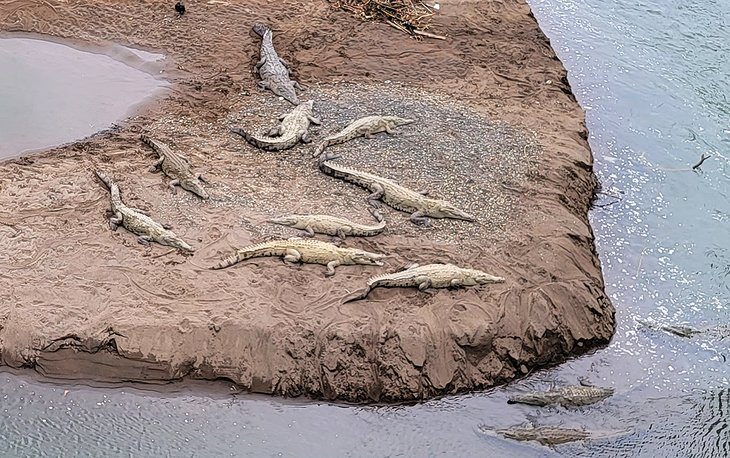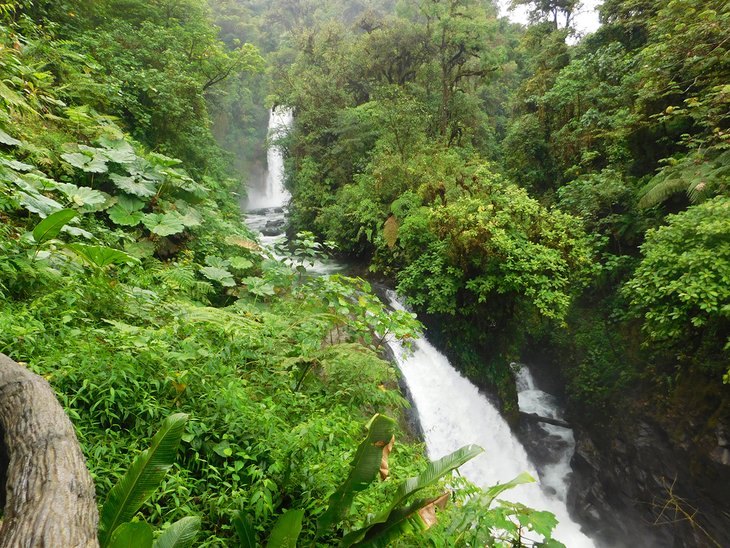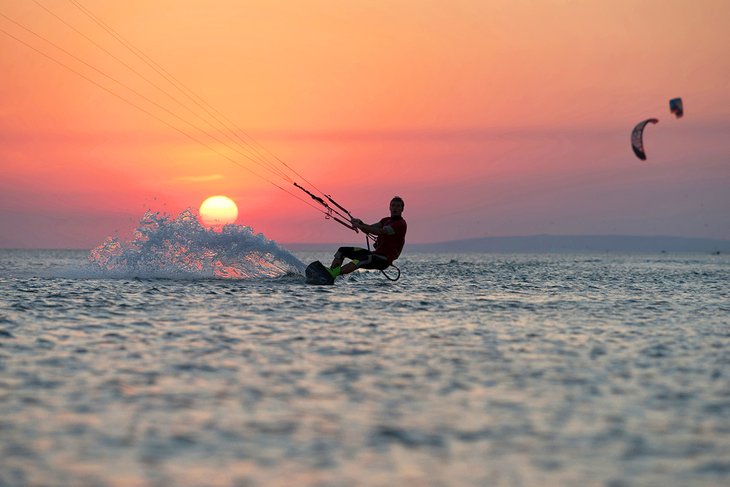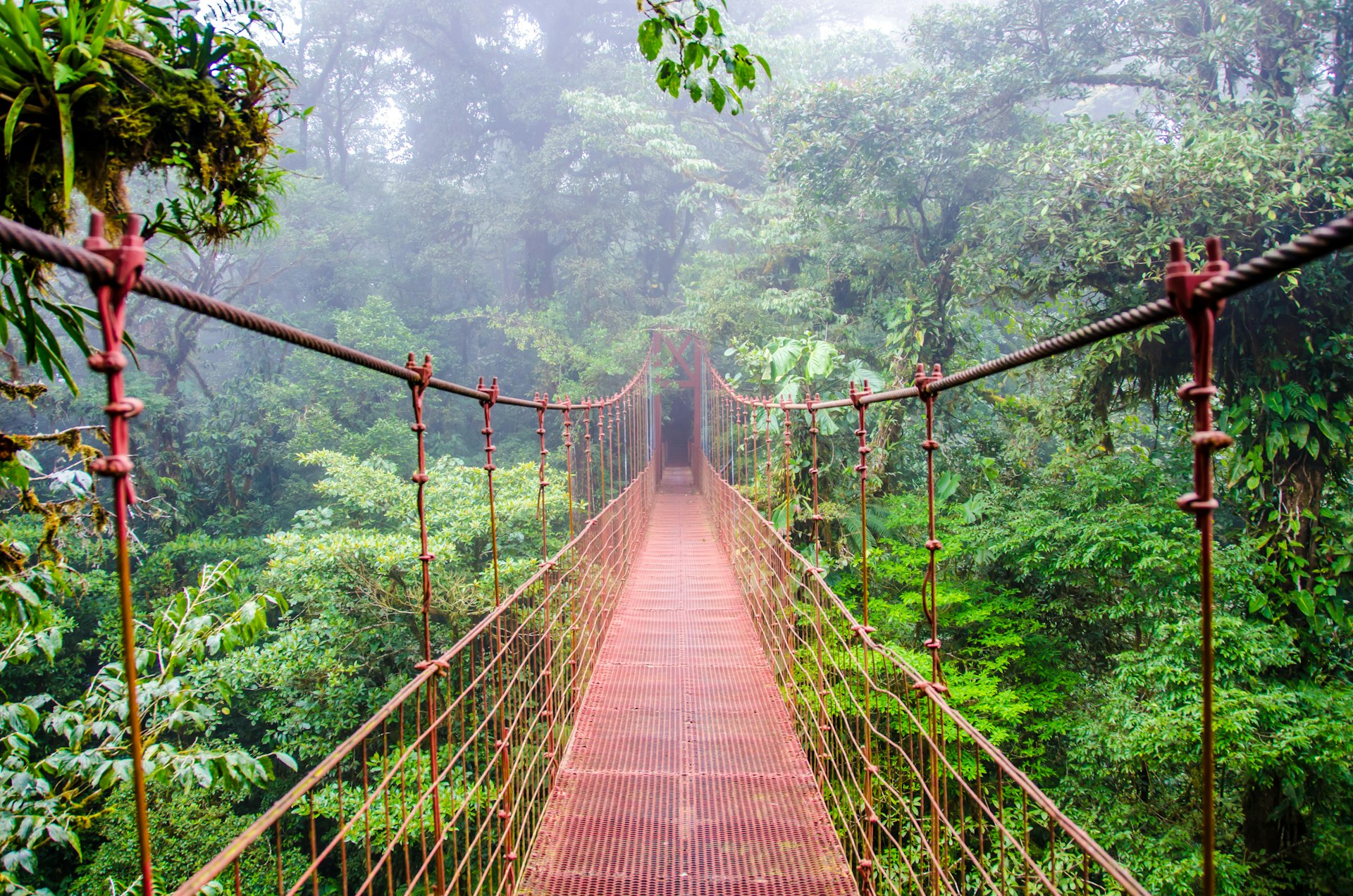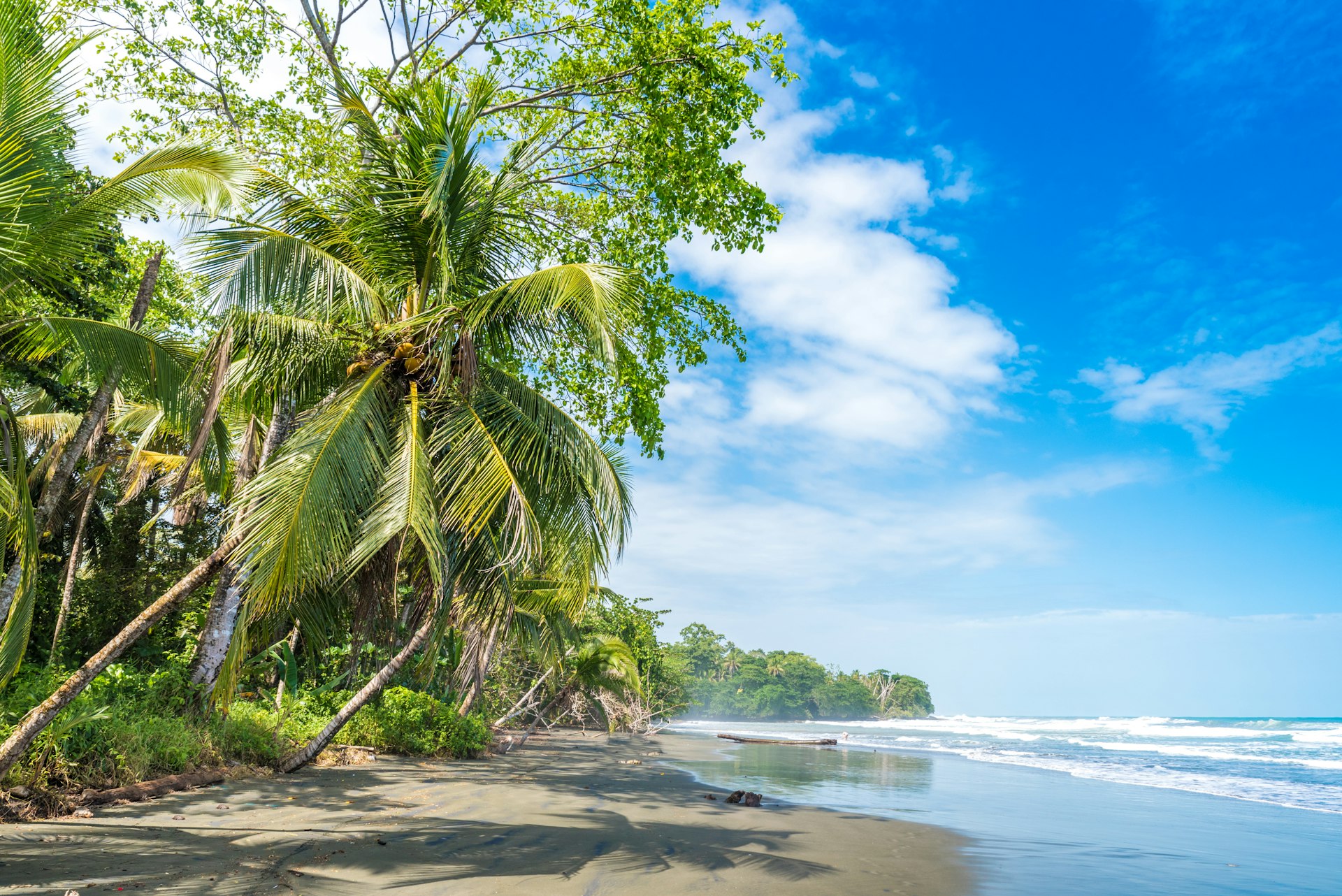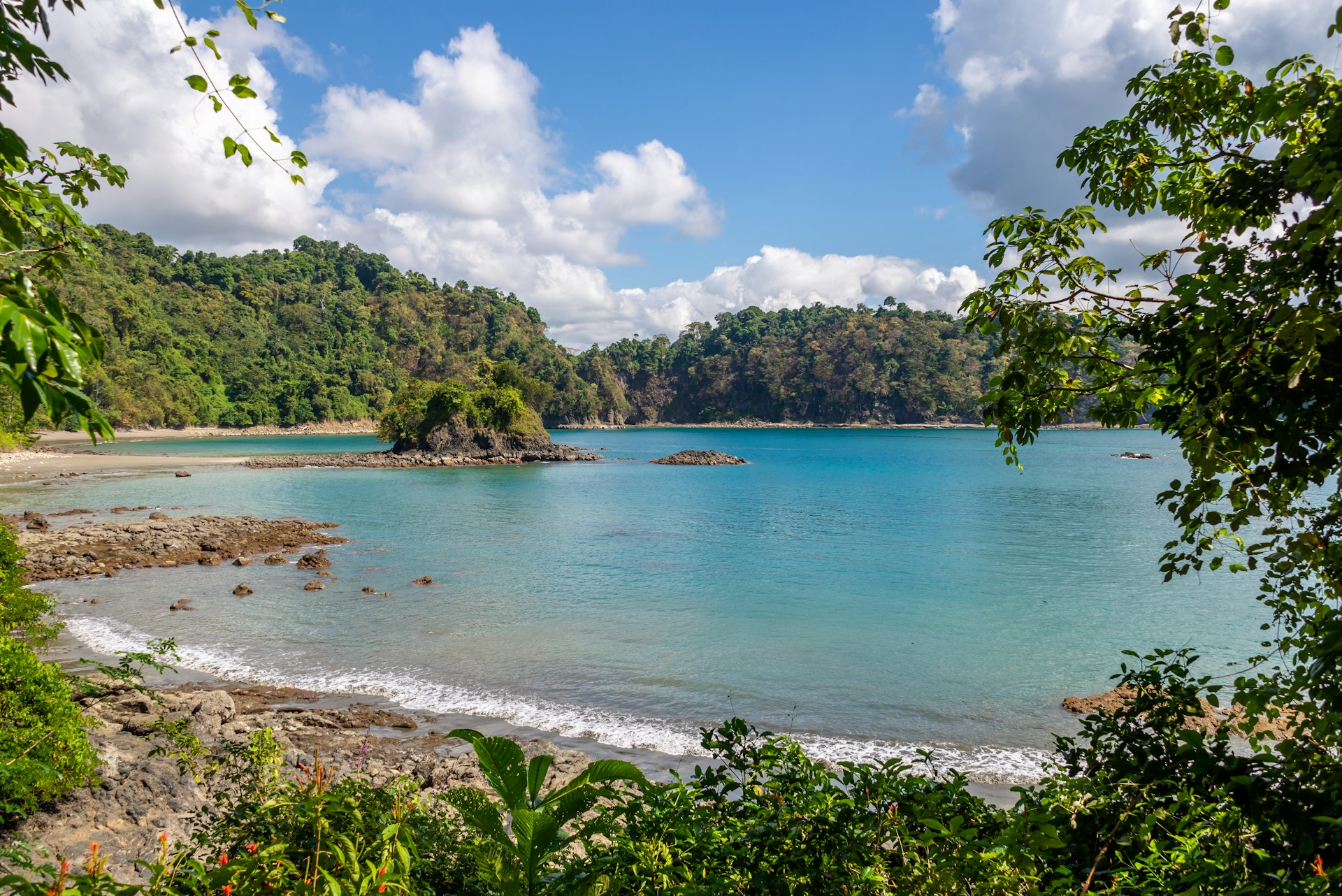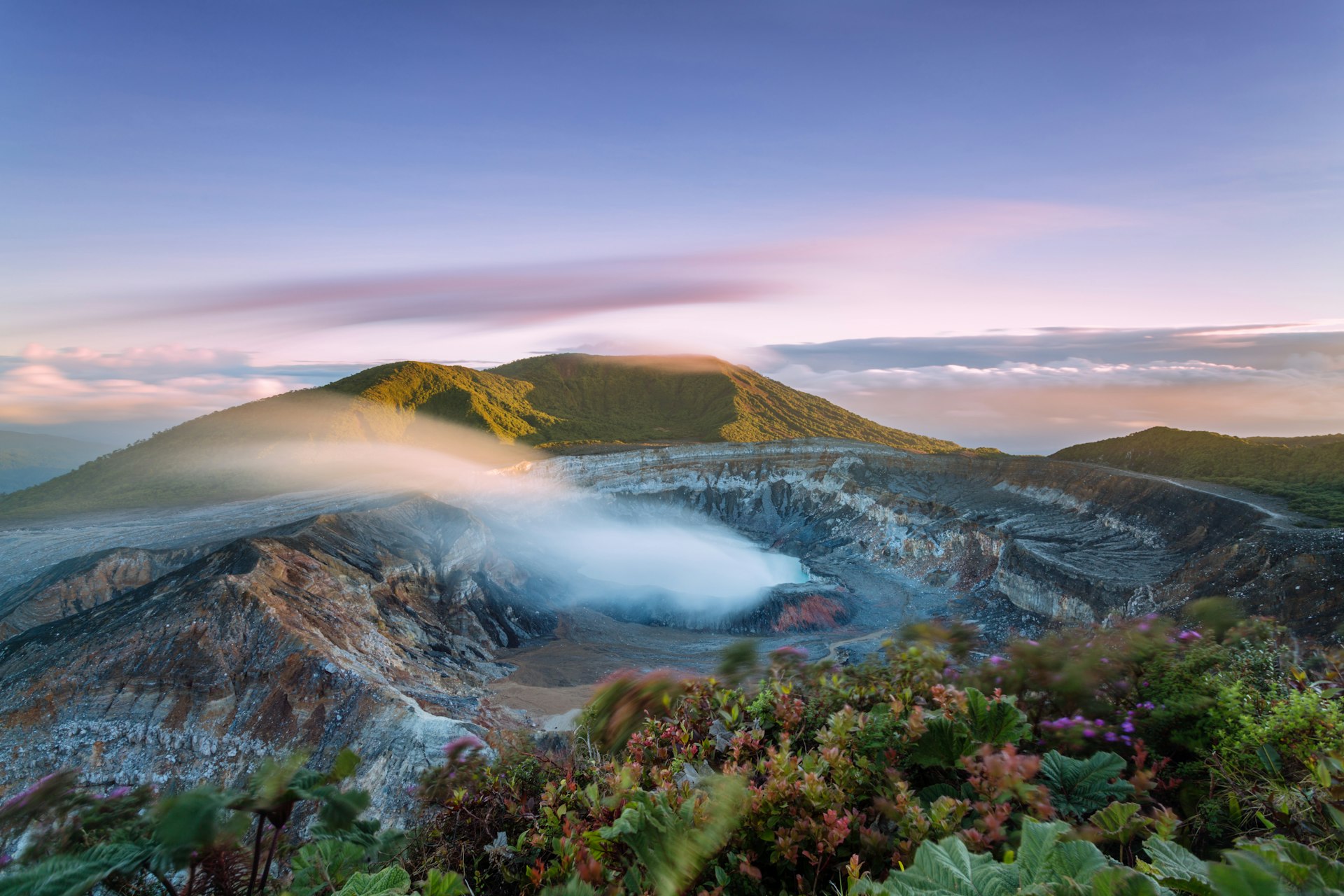 |
||
|
Установите соответствие между текстами A—G и заголовками 1-8. Занесите свои ответы в таблицу. Используйте каждую цифру только один раз. В задании один заголовок лишний. TEST 02 |
1. Perfect for a quiet holiday B
2. Land of nature wonders A
3. Bad for animals E
4. A visit to the zoo
5. Perfect for an active holiday C
6. Difficult start D
7. New perspectives F
8. New rules to follow G
A. The mountains of Scotland (we call them the Highlands) are a wild and beautiful part of Europe. A golden eagle flies over the mountains. A deer walks through the silence of the forest. Salmon and trout swim in the clean, pure water of the rivers. Some say that not only fish swim in the deep water of Loch Ness. Speak to the people living by the Loch. Each person has a story of the monster, and some have photographs.
Прекрасная природа Шотландии. Монстер. Land of nature wonders
B. Tresco is a beautiful island with no cars, crowds or noise — just flowers, birds, long sandy beaches and the Tresco Abbey Garden. John and Wendy Pyatt welcome you to the Island Hotel, famous for delicious food, comfort and brilliant service. You
will appreciate superb accommodation, free saunas and the indoor swimming pool.
Остров Tresco и отель. Perfect for a quiet holiday
C. The Camel and Wildlife Safari is a unique mixture of the traditional and modern. Kenya’s countryside suits the Safari purposes exceptionally well. Tourists will have a chance to explore the bush country near Samburu, to travel on a camel back or
to sleep out under the stars. Modern safari vehicles are always available for those who prefer comfort.
Сафари в Кении. На верблюдах или машинах. Perfect for an active holiday
D. Arrival can be the hardest part of a trip. It is late, you are road-weary, and everything is new and strange. You need an affordable place to sleep, something to eat and drink, and probably a way to get around. But in general, it’s a wonderful
trip, full of wonderful and unusual places. Whether it is the first stop on a trip or the fifth city visited, every traveller feels a little overwhelmed stepping onto a new street in a new city.
Утомительное, но захватывающее путешествие. Difficult start
E. No zoo has enough money to provide basic habitats or environments for all the species they keep. Most animals are put in a totally artificial environment, isolated from everything they would meet in their natural habitat. Many will agree that this isolation is harmful to the most of zoo inhabitants, it can even amount to cruelty.
Плохое содержание животных в зоопарках. Bad for animals
F. A new London Zoo Project is a ten year project to secure the future for the Zoo and for many endangered animals. The plan has been devised by both animal and business experts to provide world-leading accommodation for all our animals, to more fully engage and inform people about conservation issues, to redesign certain aspects of Zoo layout.
Зоопарк для спасения вымирающих животных. New perspectives
G. Leave-no-trace camping is an increasingly popular approach to travel in wilderness areas. As the term suggests, the goal is for the camper to leave as little impact as possible on the place he is visiting. One of its mottos is «Take nothing but pictures. Leave nothing but footprints.» Its simplest and most fundamental rule is: pack it in, pack it out, but it goes beyond that.
Путешествие без ущерба природе. New rules to follow
| № текста | A | B | C | D | E | F | G |
| тема | 2 | 1 | 5 | 6 | 3 | 7 | 8 |
ВСЕ ТЕСТЫ
Установите соответствие между заголовками 1–8 и текстами A–G. Отметьте свои ответы. Используйте каждую букву и цифру только один раз. В задании один заголовок лишний.
A. The mountains of Scotland (we call them the Highlands) are а wild and beautiful part of Europe. A golden eagle flies over the mountains. A deer walks through the silence of the forest. Salmon and trout swim in the clean, pure water of the rivers. Some say that not only fish swim in the deep water of Loch Ness. Speak to the people living by the Loch. Each person has a story of the monster, and some have photographs.
B. Tresco is a beautiful island with no cars, crowds or noise – just flowers, birds, long sandy beaches and the Tresco Abbey Garden. John and Wendy Pyatt welcome you to the Island Hotel, famous for delicious food, comfort and brilliant service. You will appreciate superb accommodation, free saunas and the indoor swimming pool.
C. The Camel and Wildlife Safari is a unique mixture of the traditional and modern. Kenya’s countryside suits the Safari purposes exceptionally well. Tourists will have a chance to explore the bush country near Samburu, to travel on a camel back or to sleep out under the stars. Modern safari vehicles are always available for those who prefer comfort.
D. Arrival can be the hardest part of a trip. It is late, you are road-weary, and everything is new and strange. You need an affordable place to sleep, something to eat and drink, and probably a way to get around. But in general, it’s a wonderful trip, full of wonderful and unusual places. Whether it is the first stop on a trip or the fifth city visited, every traveller feels a little overwhelmed stepping onto a new street in a new city.
E. No zoo has enough money to provide basic habitats or environments for all the species they keep. Most animals are put in a totally artificial environment, isolated from everything they would meet in their natural habitat. Many will agree that this isolation is harmful to the most of zoo inhabitants, it can even amount to cruelty.
F. A new London Zoo Project is a ten year project to secure the future for the Zoo and for many endangered animals. The plan has been devised by both animal and business experts to provide world-leading accommodation for all our animals, to more fully engage and inform people about conservation issues, to redesign certain aspects of Zoo layout.
G. Leave-no-trace camping is an increasingly popular approach to travel in wilderness areas. As the term suggests, the goal is for the camper to leave as little impact as possible on the place he is visiting. One of its mottos is “Take nothing but pictures. Leave nothing but footprints.” Its simplest and most fundamental rule is: pack it in, pack it out, but it goes beyond that.
ЕГЭ Тест 4 Раздел чтение
1. New rules to follow
A
B
C
D
E
F
G
—
2. New perspectives
A
B
C
D
E
F
G
—
3. Perfect for a quiet holiday
A
B
C
D
E
F
G
—
4. Land of nature wonders
A
B
C
D
E
F
G
—
5. A visit to the zoo
A
B
C
D
E
F
G
—
6. Perfect for an active holiday
A
B
C
D
E
F
G
—
7. Difficult start
A
B
C
D
E
F
G
—
8. Bad for animals
A
B
C
D
E
F
G
—
Costa Rica is a wonderland of natural attractions, with volcanoes, beaches, cloud forests, and wildlife. This is a country that appeals as much to bird-watchers and luxury travelers as it does to surfers and backpackers.
The busy city of San Jose is home to the country’s best museums, lovely squares, and cultural attractions, but the real treasures lie beyond the capital, in the forests and small coastal towns and villages.
Endless stretches of beach line the Pacific Coast, with small towns that cater to surfers and sun seekers. The province of Guanacaste in Costa Rica is considered the best place to visit for beautiful beaches and beach towns.
Inland, the forest-covered mountains offer their own adventures, from volcanoes and waterfalls to ziplining and extraordinary wildlife viewing. Although wildlife is prevalent throughout the country, the lush south is where tourists tend to head if they are looking to find animals. The areas south of Jaco down to the Osa Peninsula are some of the best places to visit for wildlife.
For something completely different, check out the Caribbean coast with its calm waters and unique cultural vibe.
Discover the best places to visit with our list of the top tourist attractions in Costa Rica.
1. Manuel Antonio National Park
Set on the edge of the town of Manuel Antonio, Manuel Antonio National Park is one of Costa Rica’s top destinations for wildlife viewing. It also has the added bonus of being home to beautiful soft-sand beaches.
Some of the usual wildlife sightings in the park are howler monkeys, squirrel monkeys, sloths, white-nosed coatimundis, and the hard-to-miss capuchins. You can also expect to see iridescent butterflies and a myriad of colorful birds flitting about. You can walk the trails on your own, but for a more in-depth experience consider joining a Manuel Antonio Park Nature Guided Tour. Guides often know exactly where the animals are and carry tripods and telescopes, ideal for wildlife viewing and photography.
Part of the attraction of Manuel Antonio National Park is its proximity to the town of Manuel Antonio. In town, you can find hotels within easy walking distance of the park, as well as restaurants and other retail.
Most of the action in town is centered around the beautiful oceanfront beach, where umbrellas and beach chairs line the sand and surfers enjoy the usually gentle waves. This is a popular place for beginners to take surf lessons. Across the road from the beach and higher up on the hillside are restaurants and stores, some of which can get loud in the evenings.
If you want to linger here for a few days and treat yourself to a luxury stay, Manuel Antonio is home to one of the top beach resorts in Costa Rica.
2. Arenal Volcano (Volcan Arenal)
The Arenal Volcano National Park, found in the rugged Cordillera de Tilarán, is one of the top volcano viewing areas in the country. The main attraction here is the Arenal Volcano, a cone-shaped mountain with huge ash columns frequently streaming from the crater.
Arenal was dormant from AD 1500 until a massive eruption on July 29, 1968, which killed 82 people and destroyed two villages. Since then, it has seen regular activity and, depending on the day or week, visitors can expect to see anything from a cloud of ash to glowing red lava flowing down the mountain.
The park is also known for its wide range of biodiversity, with approximately half of all Costa Rican birds, reptiles, amphibians, and mammals represented somewhere within its boundaries.
The Arenal Observatory Lodge, originally a private observatory established in 1987, is the only lodge within the Arenal Volcano National Park boundaries. It is located on a macadamia nut farm on the south side of the volcano. From the lodge, check out the excellent views of the volcano and Arenal Lake in the opposite direction. Numerous hiking trails are in the area; many lead to waterfalls and old and recent lava flows.
Accommodation: Where to Stay in Arenal Volcano National Park
3. Monteverde and the Cloud Forests
The Cloud Forests near Monteverde and Santa Elena are some of the best places to visit in Costa Rica for ecotourism. If you are itching to immerse yourself in nature and see unique plants and wildlife without venturing too far off the beaten path, this is definitely the place to come.
The clouds covering these forests provide the moisture necessary to sustain the area’s unique habitats. While many people come simply for the bird-watching, the Monteverde Cloud Forest Reserve and the Santa Elena Cloud Forest Reserve sustain various mammals, amphibians, and reptiles. Keep an eye out for colorful frogs and howler monkeys. Jaguars and pumas are more elusive. Organized hikes are one of the best ways to see the forest. Another option are canopy tours that may involve ziplines or bridges and even cable cars.
Monteverde and Santa Elena are the two main tourist centers in the region, with accommodation, restaurants, and even shops and artists’ galleries. This area, located northwest of San Juan, is a little more than four hours by bus. It can be cold up here, so be sure to bring warm clothes.
Accommodation: Where to Stay in Monteverde
4. Tamarindo
If you’re looking for an action-packed beach town to settle in to for a while, Tamarindo is just the place. Located on the Nicoya Peninsula in Guanacaste, Tamarindo is a top destination for surfing, beaching, and fun. Once a quiet fishing village, the town has grown into a tourist haven, where you can find a good assortment of restaurants and hotels.
The town is spread along Tamarindo Beach, a beautiful wide crescent that runs for approximately 1.5 kilometers. The area is known for surfing, with a range of breaks ideal for both experienced surfers and learners. The biggest waves are generally found here in November and December.
The area around Tamarindo offers eco-friendly adventures and activities that include snorkeling, diving, horseback riding, ziplining, and turtle watching in season. Nearby Playa Grande is one of Costa Rica’s most important nesting grounds for leatherback turtles. Throughout October and March, more than 100 turtles can be seen nesting and laying their eggs overnight.
Accommodation: Where to Stay in Tamarindo
5. Dominical
Dominical is a tropical backpacker’s haven and one of the best places in Costa Rica for surfing. Lovely beaches, cheap accommodation, casual open-air restaurants, and a great bohemian vibe are what this town has long been known for. But, in the surrounding mountains, resorts, small inns, and luxury rentals attract an upper-end crowd.
A long stretch of beach fronts the town and in behind, under the shady trees, vendors set up tables and sell crafts and other items. In recent years, the once dirt streets have been paved, sidewalks have been bricked, and what was formerly a dusty beach town has become a much more refined tourist destination. Outside of town are quieter beaches, where it’s possible to find your own special place.
Dominical is a fantastic place to spot wildlife without venturing too far from civilization. Toucans, monkeys, sloths, and scarlet macaws are common sights even right in the town of Dominical.
The annual Envision Festival draws a crowd to Dominical in late February or early March. This event focuses on music, arts, wellness, sustainability, and includes things like yoga and other workshops.
Accommodation: Where to Stay in Dominical
6. Mal Pais and Santa Teresa
Mal Pais on the Nicoya Peninsula, is an area along the coast known for great waves that attract surfers from around the world. The town of Santa Teresa is the main hot spot in the area, however a chain of villages and beaches lie along the Mal Pais, including the villages of Mal Pais and Manzanillo.
Today, the area is a mix of backpackers, surfers who never managed to leave, and tourists who wish they had planned a longer vacation. The area is more trendy and has more of a scene than places like Dominical, and development in the area has turned it more upscale.
Accommodation: Where to Stay in Mal Pais
7. Jaco
Jaco is a good choice for anyone looking to get out of San Jose but still wanting the comforts and amenities of a larger town or city. The beach here is spacious, pleasant, and has an active vibe.
The surfing and swimming here are both very good, with smaller waves than other areas along this section of coast. What Jaco does have that sets it apart from the numerous coastal towns along this stretch of the Pacific is modern apartments and stores, a strong selection of good restaurants and hotels, and other modern conveniences that have made it a popular choice with expats and retirees.
Jaco is less than a two-hour drive from San Jose. If you are arriving in San Jose and want to get out of the city right away but don’t want to drive too far your first day, this is an easy destination to reach. You can also base yourself here and explore nearby beaches and attractions on day trips.
Accommodation: Where to Stay in Jaco
8. Wildlife Viewing
Costa Rica is one of those rare countries where the wildlife alone can be worth the trip. What the country may lack in cultural attractions, it more than makes up for with interesting and prevalent wildlife experiences.
You rarely need to search out animals. Monkeys make regular appearances around the towns, cappuchins hang out around restaurants, scarlet macaws soar through the skies, and toucans rustle in the branches nearby.
Opportunities to see wildlife are not limited to any one area, but visiting the parks or taking organized tours with knowledgeable guides will improve the chances of seeing some of the more elusive species.
As a general rule, you may have better luck seeing a wider variety of animals in the south of Costa Rica. A guided walking tour through Manuel Antonio National Park will almost guarantee you sightings of sloths and different types of monkeys, along with a variety of other animals. Plan a stay at an eco-lodge in the Osa Peninsula or stay at a small mountainside resort or inn around Dominical, Uvita, or Ojochal, and the wildlife will likely to come to you.
But the north is also full of wildlife. Even if you are staying in downtown Tamarindo, howler monkeys are a common sight in the trees and on overhead wires along the streets. Keep your eyes peeled, and you’re sure to see some interesting critter.
9. Diamante Eco Adventure Park
If traipsing through the jungle in the heat is not your idea of fun, head out on a trip to Diamante Eco Adventure Park. Here, the animals, including monkeys, sloths, jaguars, and pumas, are easily spotted in their natural habitat. On-site biologists care for these non-releasable animals and are also on hand to answer any questions you may have. In addition to the large animals, a butterfly enclosure is available to walk through. If you are lucky, one of these gentle and colorful creatures may even land on you.
It wouldn’t be Costa Rica if there wasn’t an opportunity to go ziplining, and if you want to try it, this is one of the best places to strap in and fly. The most popular zipline at the Diamante Eco Park is the Superman course. You literally jump off the top of a mountain and zip down one mile towards the ocean – head first! Get a Diamante Eco Park Day Pass with Lunch for all day access and enjoy the park at your own pace.
If you’d rather learn about Costa Rican culture and immerse yourself in the country’s rich biodiversity, take the Costa Rican Cultural Experience tour. Here, the friendly guides showcase Tico life, food, and culture while teaching you about the local plants that surround you.
10. Osa Peninsula and Corcovado National Park
In southern Costa Rica, beyond the beautiful beaches of Dominical, is the remote Osa Peninsula and Corcovado National Park
The park, established in 1975, protects what is considered to be the best remaining stretch of Pacific coastal rainforest in Central America. It has an extensive trail system and is popular with travelers who enjoy long-distance hikes.
In addition to surfing, other popular activities in the region are diving, snorkeling, and fishing. Puerto Jiménez is the area’s largest town, and several fine lodges are found in the Drake Bay area.
Accommodation: Where to Stay in Corcovado National Park
11. Tortuguero National Park
For something a little different and a little off the beaten path, visitors may want to head to Tortuguero National Park on the Caribbean Coast. This area, accessible only by boat or plane, is one of the wettest areas in the country and offers something different than the rest of Costa Rica. The park is an important breeding ground for the green sea turtle and as a result, turtle watching is the main activity here.
While there are many beaches, the coastal area is not suitable for swimming as the surf and currents are rough and strong. Sharks are common. Hundreds and even thousands of green and leatherback turtles can be viewed (guides are necessary) nesting and laying eggs on the beaches overnight. Recent conservation efforts have increased the number of turtles nesting in the area.
From the hiking trails or boat rides along the canals, it’s possible to spot monkeys, sloths, and kinkajous. Peccaries and tapirs are also present but more difficult to see. Freshwater turtles, lizards, snakes, frogs, toads, and other amphibians are also common.
Accommodation: Where to Stay near Tortuguero National Park
12. The National Theater in San Jose
Costa Ricans take pride in the National Theater, which is considered to be the most impressive building in San José. In the 1890s, the ruling coffee barons voted for a tax on coffee exports in order to fund the construction of the theater, and European artisans were imported to design the building.
Completed in 1897, the building features a classical Renaissance columned façade topped by statues symbolizing Dance, Music, and Fame. Inside, the pink marble foyer features allegorical figures of Comedy and Tragedy, and painted murals depicting themes in Costa Rican life.
The most famous of the paintings is one showing coffee harvesting and export painted by Arturo Fontana in Milan in 1897.
Accommodation: Where to Stay in San Jose
13. Irazu Volcano National Park
The Irazú Volcano is the highest active volcano in Costa Rica at 3,342 meters. The summit of the volcano is a lunar-like landscape with craters. Irazú’s Principal Crater is 1,050 meters in diameter and 300 meters deep, and the Diego de la Haya Crater is considerably smaller and contains a small lime-green lake that sometimes appears red.
Marked trails lead to these craters and two other smaller ones, one of which also contains a lake. A pyroclastic cone can also be seen, which has been formed from fragmented volcanic rock. From the summit, it’s possible to look out to the Pacific and Caribbean on clear days.
14. Braulio Carrillo National Park
Braulio Carrillo National Park, a 30-minute drive from bustling San Jose, encompasses rugged mountains, waterfalls, canyons, dormant volcanoes, and virgin rainforest. The park’s proximity to the country’s main gateway means it is an easy way to see some of Costa Rica’s unique plants and wildlife.
Many different habitats exist in the park due to the variety in elevation, which ranges from the top of the Barva Volcano (2,906 meters) to less than 50 meters in the Caribbean lowlands. The park is home to mammals such as jaguars, pumas, tapirs, sloths, and monkeys, but easier to see and hear are several species of birds including the Quetzal (national bird), toucans, and eagles.
Accommodation: Where to Stay in San Jose
15. Rincón de la Vieja National Park
The Rincón de la Vieja Volcano is the main attraction in this park. One of the most popular things to do is a hike to the summit. This 9.6-kilometer trail leaves from Las Pailas and passes through a variety of ecosystems as it climbs to the top. The views are spectacular. You can see the Nicoya Penisula, and on a clear day, right into Nicaragua.
Other less strenuous trails lead to waterfalls and hot springs. The park is also home to a wide variety of wildlife, with tapirs; sloths; monkeys; and large cats such as the jaguar, puma, and ocelot inhabiting the park.
Accommodation: Where to Stay near Rincón de la Vieja National Park
16. The Crocodile Bridge on the Tarcoles River
If you want to see a crocodile in Costa Rica, a stop at the Crocodile Bridge will almost guarantee your success. Located about 25 minutes north of Jaco along Highway 34, this is a quick, fun, and easy stop. The Crocodile Bridge spans the Tarcoles River, which is known for having a huge population of American crocodiles.
You’ll find a parking area on the north side of the bridge, along with some stores, souvenir sellers, and a Pops ice-cream shop. The bridge has a pedestrian area to walk out on, with railings on the river side and a barrier on the traffic side, so you don’t have to worry about traffic. Viewing the crocodiles couldn’t be easier, as they bask on the muddy riverbed below.
17. La Paz Waterfall Gardens
This privately owned nature park is a must-see attraction in Costa Rica. Spread out over 70 acres, the park is home to a wide variety of wildlife including monkeys, butterflies, hummingbirds, and others.
The highlight of the park is La Paz waterfall. Rainwater from the cloud forests tumble off a high ledge, dropping 37 meters into a pool below. In addition to the waterfall, your admission ticket includes access to the serpentarium, butterfly observatory, jungle cat exhibit, and ranarium (frog exhibit).
Official site: www.waterfallgardens.com
18. Kiteboarding in Costa Rica
Costa Rica is becoming one of the «go-to» places for kiteboarding travelers. On the far northwestern coast near the Nicaraguan border is a place where the winds are strong and consistent.
Each day, the wind blows down from the massive Lago Cocibolca in Nicaragua and across the beautiful Salinas Bay. Bring your full quiver of kites, but it’s likely that your seven-, nine-, and 11-meter sizes will get the greatest workout. Get the arms and legs tuned up, as it can be quite gusty at times.
Comfortable, but basic accommodation is either on the beach or up in the hills from Salinas Bay. If you’d like a more luxurious set of 5-star digs, head to the Dreams Las Mareas.
1) Вставьте слово, которое грамматически будет соответствовать содержанию текста.
Natural Wonders: Meteor Crater
Some of the natural wonders are known for their beauty. The Meteor Crater is not one of them. It looks like a big hole in the desert. It ___ (CAUSE) by a meteorite hitting the earth thousands of years ago.
2) Вставьте слово, которое грамматически будет соответствовать содержанию текста.
The crater is 4,145 feet across, and 570 feet deep. It is the ___ (LARGE) impact crater in the entire world.
3) Вставьте слово, которое грамматически будет соответствовать содержанию текста.
When Europeans discovered it in 1871, they ___ (THINK) it was the top of a volcano.
4) Вставьте слово, которое грамматически будет соответствовать содержанию текста.
Since then, scientists ___ (EXPLORE) the crater for many years, but there are still many secrets and mysteries hiding inside it.
5) Вставьте слово, которое грамматически будет соответствовать содержанию текста.
It was simple
One day last summer my nine-year-old daughter went off to the camp. All her things ___ (PACK) in a small bag.
6) Вставьте слово, которое грамматически будет соответствовать содержанию текста.
Two weeks later, Anna came back home and I unpacked her things. Everything was clean and well folded. “Camp sure has changed you. Your things look much ___ (GOOD) than usual.”
7) Вставьте слово, которое грамматически будет соответствовать содержанию текста.
“It was simple, Mom,” she answered. “I didn’t unpack. Many ___ (CHILD) did the same.”

Invention of Potato
Chips The potato chip was invented in 1853 by George Crum who was a chef at a restaurant in New York. Fried potatoes were popular at the restaurant because they were rather ___ (EXPENSIVE), but one day a visitor complained that the slices were too thick.
9) Вставьте слово, которое грамматически и лексически будет соответствовать содержанию текста.
Crum made thinner slices, but the ___ (NERVE) customer was still dissatisfied.
10) Вставьте слово, которое грамматически и лексически будет соответствовать содержанию текста.
Crum finally made fries that were too thin to eat with a fork, hoping to annoy the ___ (EXTREME) difficult customer.
11) Вставьте слово, которое грамматически и лексически будет соответствовать содержанию текста.
But the customer was happy — and that was the ___ (INVENT) of potato chips!
12) Вставьте слово, которое грамматически и лексически будет соответствовать содержанию текста.
___ (INDUSTRY) manufacturing of potato chips began in Cleveland, Ohio, in 1895.
13) Вставьте слово, которое грамматически и лексически будет соответствовать содержанию текста.
The chips gained even more ___ (POPULAR) in 1926 when a wax paper potato chip bag was invented that helped to keep them fresh and crisp.
14) Запишите в поле ответа цифру 1, 2, 3 или 4, соответствующую выбранному Вами варианту ответа.
Helping Mother
“Liz! Remember to clean up the basement, ok?” Mrs. Parker called out. Liz, who was still lying in bed, sighed heavily and ___.
1) waved
2) nodded
3) bowed
4) bent
15) Запишите в поле ответа цифру 1, 2, 3 или 4, соответствующую выбранному Вами варианту ответа.
“All right, mom,” she answered flatly, dragging herself out of bed. She got changed and headed downstairs for breakfast. As usual, the whole family was already seated at the dining table. Liz greeted everyone and sat at a ___ seat next to her elder brother Evan.
1) clear
2) unfilled
3) blank
4) vacant
16) Запишите в поле ответа цифру 1, 2, 3 или 4, соответствующую выбранному Вами варианту ответа.
“Pass me the butter, bro,” she said. “Sure,” Evan replied and passed it to her. “Thanks,” Liz said, and ___ a thin layer of it onto her toast.
1) spread
2) extended
3) divided
4) covered
17) Запишите в поле ответа цифру 1, 2, 3 или 4, соответствующую выбранному Вами варианту ответа.
Mrs. Parker placed an arm onto her daughter’s shoulder. “Honey, I know it’s going to be a tiring day for you, and I’d like your brother to help too. But he’s got to head back to school for a day-long band practice.” Liz sat still and didn’t utter a ___ word.
1) separate
2) single
3) only
4) sole
18) Запишите в поле ответа цифру 1, 2, 3 или 4, соответствующую выбранному Вами варианту ответа.
She was mad that Evan had band practice and did not need to help in the ___ chores.
1) housework
2) homework
3) household
4) housekeeping
19) Запишите в поле ответа цифру 1, 2, 3 или 4, соответствующую выбранному Вами варианту ответа.
“I know what you‘re thinking, Liz. But honey, we really need your help. Dad‘s away on а ___ trip, you know, his boss has sent him. Evan’s busy with band practices, and I’ve got to help your grandma.
1) working
2) official
3) company
4) business
20) Запишите в поле ответа цифру 1, 2, 3 или 4, соответствующую выбранному Вами варианту ответа.
You know, her health’s been poor these days-” “Ok, ok. Enough of it, mom. I’ll clean up the basement,” Liz said. Sometimes she wished her mother wouldn’t explain the reasons to her. Anyway, she thought to herself, it’ll be good to ___ the basement a little. She hadn’t stepped into it since they moved in here a couple of months ago. “Who knows something interesting will pop out of nowhere,” she grinned.
1) discover
2) research
3) explore
4) analyze
From grumpy volcanoes to labyrinthine limestone caves to stunning black-sand beaches, Costa Rica offers a never-ending array of natural wonders that keep visitors coming back. Here are 10 natural wonders that make this Central American gem one of the most popular destinations in the world.
Editor’s note: Please check the latest travel restrictions before planning any trip and always follow government advice.
Parque Nacional Volcán Arenal
From 1968 until 2010, Volcán Arenal was an ever-active and awe-striking natural wonder, producing menacing ash columns, massive explosions and streams of glowing molten rock almost daily. While the fiery night views are gone for now, this mighty mountain is still a worthy destination. Part of the Area de Conservación Arenal, the park is rugged and varied, with about 15km (9.3 mi) of well-marked trails that follow old lava flows. Hikers routinely spot sloths, coatis, howler monkeys, white-faced capuchins and even anteaters.
Parque Nacional Tortuguero
Canoeing the canals of Parque Nacional Tortuguero is a boat-borne safari: here, thick jungle meets the water and you can get up close with shy caimans, river turtles, crowned night herons, monkeys and sloths. In the right season, under cover of darkness, watch the awesome, millennia-old ritual of turtles building nests and laying their eggs on the black-sand beaches. Sandwiched between extravagantly green wetlands and the wild Caribbean Sea, this is among the premier places in Costa Rica to watch wildlife .
Adventure awaits in Costa Rica’s national parks
Monteverde Cloud Forest
Here is a virginal forest dripping with mist, dangling with mossy vines, sprouting with ferns and bromeliads, gushing with creeks, and nurturing rivulets of evolution. Reserva Biológica Bosque Nuboso Monteverde came into being in 1972, when the Quaker community (which had already set aside a third of its property for preservation), spurred on by the threat of encroaching squatters, joined forces with environmental and wildlife organizations to purchase and protect an extra 328 hectares (811 acres) of land.
Today the reserve totals 41.25 sq km (26,400 acres). Because of the fragile environment, the reserve allows a maximum of 250 people at any given time. So as not to miss out, get there before the gates open, or better (and wetter), come during the off-seasons (usually May through June, and September through November). Taking a night tour or staying overnight in one of the lodges will maximize your chances of spotting wildlife.
Cerro Chirripó
The view of windswept rocks and icy lakes from the rugged peak of Cerro Chirripó, the country’s highest summit, may not resemble the Costa Rica of the postcards, but the two-day hike above the clouds is one of the most satisfying excursions in the country. A pre-dawn expedition rewards hardy hikers with the real prize: a chance to catch the fiery sunrise and see both the Caribbean Sea and the Pacific Ocean in a full and glorious panorama from 3820m (12532ft) up.
The only way up Chirripó is on foot. Although the trekking routes are challenging, watching the sunrise from such lofty heights is worth it.
Parque Nacional Chirripó is a welcome respite from lowland heat. Above 3400m (11155ft), the landscape is páramo, comprising scrubby trees and grasslands. Rocky outposts punctuate the otherwise barren hills, and feed a series of glacial lakes that earned the park its iconic name: Chirripó means “Eternal Waters”.
Playa Negra
At the northwestern end of Cahuita, Playa Negra is a long, black-sand beach flying the bandera azul ecológica, a flag that indicates that the beach is kept to the highest ecological standard. This is undoubtedly Cahuita’s top spot for swimming and is never crowded. When the swells are big, this place also has a good beach break for beginners.
Venado Caves
Two kilometers (1.2 miles) northeast of Venado (Spanish for “deer”) along a good dirt road, these caves are an adventurous excursion into an eight-chamber limestone labyrinth that extends for almost 3km (1.86 miles). A bilingual guide leads small groups (limit seven) on two-hour tours through the darkness, squeezing through narrow passes and pointing out the most interesting rock formations (an altar, a papaya) while dodging bugs and bats (12 species in all). Rubber boots, headlamps and helmets – plus a shower afterwards – are provided.
Parque Nacional Manuel Antonio
Although droves of visitors pack Parque Nacional Manuel Antonio – the country’s most popular (and smallest) national park – it remains a gem. Capuchin monkeys scurry across its idyllic beaches, brown pelicans dive-bomb its clear waters and sloths watch over its accessible trails. It’s a perfect place to introduce youngsters to the wonders of the rainforest, and as you splash around in the waves you’re likely to feel like a kid yourself. There’s not much privacy, but it’s so lovely that you won’t mind sharing.
Parque Nacional Barra Honda Caverns
This 23 sq km (247 acres) national park protects a system of 42 caverns. The only cave with regular public access is the 41m-deep (135ft) La Terciopelo, which features incredible speleothems (calcite figures that rise and fall in the cave’s interior). It’s quite the underground art museum, and its stalagmites, stalactites and a host of beautiful formations have evocative names such as fried eggs, organ, soda straws, flowers and shark’s teeth. Call the ranger station one day in advance to arrange the four-hour guided tour.
Parque Nacional Volcán Poás
Just 37km (23 miles) north of Alajuela by a winding and scenic road is Parque Nacional Volcán Poás, the home of an impressive 2708m-high (8885ft) active volcano. Violent eruptions haven’t taken place for more than 60 years when rumblings began in 2014; there were further significant eruptions in April and June 2017, and the park did not open again until August 2018.
It’s now once again possible to peer into the 260m-deep (853ft) crater and the turquoise lake at its center. Visitors can watch the steaming, bubbling cauldron belch sulfurous gases into the air. However, hiking trails are now off-limits and visits are restricted to 20 minutes at the crater. Advance bookings are essential.
Viento Fresco
If you’re traveling between Monteverde and Arenal, there’s no good excuse for skipping this stop. Viento Fresco is a series of five cascades, including the spectacular Arco Iris (Rainbow Falls), which drops 75m (246ft) into a refreshing shallow pool that’s perfect for swimming. There are no crowds or commercialism to mar the natural beauty of this place. You’ll probably have the falls to yourself, especially if you go early in the day. The 1.3km (0.80 miles) of trails are maintained, but the stone steps can be slippery, especially after a rainfall, and only the reasonably fit can hike to the bottom and back.
You might also like:
What travel looks like in Costa Rica 2020
Costa Rica’s best beaches
5 road trips in Costa Rica that aren’t for the faint of heart
Get more travel inspiration, tips and exclusive offers sent straight to your inbox with our weekly newsletter. Make sure you’re ready for anything with travel insurance from our trusted partners.

